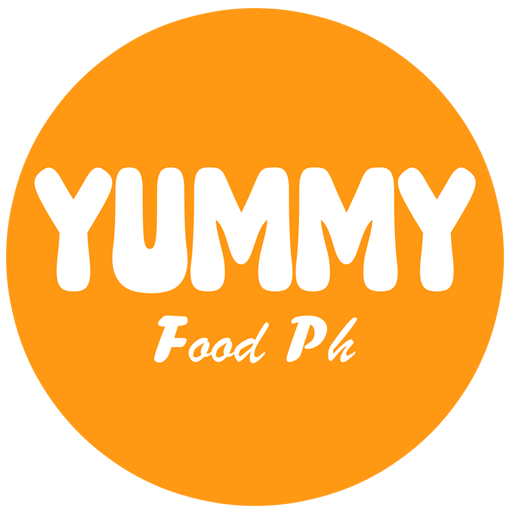Muscovado Sugar or Raw Sugar: Understanding the Differences and Benefits
In the world of sweeteners, Muscovado sugar and raw sugar are often celebrated for their natural, unrefined qualities. Both are considered healthier alternatives to refined white sugar, but they have distinct characteristics that set them apart. Whether you’re a baking enthusiast, a health-conscious consumer, or simply curious about sugar, understanding the differences between Muscovado sugar and raw sugar can help you make informed choices in the kitchen and beyond.
What is Muscovado Sugar?
Muscovado suģar, also known as “unrefined whole cane sugar,” is a type of sugar that retains much of its natural molasses content. It is made by evaporating the water from sugarcane juice, leaving behind a dark, sticky, and moist sugar with a rich, complex flavor. Unlike refined sugars, Muscovado undergoes minimal processing, which preserves its natural minerals like calcium, magnesium, potassium, and iron.
Muscovado suģar has a deep, caramel-like taste with hints of toffee and a slightly smoky undertone. Its texture is coarse and moist, making it ideal for recipes where a robust flavor is desired. It is commonly used in baking, particularly in gingerbread, dark cakes, and cookies, as well as in savory dishes like barbecue sauces and marinades.
What is Raw Sugar?
Raw sugar is often confused with Muscovado suģar, but it is slightly different. Raw sugar is a less refined version of white sugar, made by crystallizing sugarcane juice. While it retains some of the natural molasses, it is typically lighter in color and drier in texture. The most common type of raw sugar is turbinado sugar, which has a golden color and a mild caramel flavor.
Raw sugar is often used as a topping for baked goods, in beverages like coffee or tea, or as a sweetener in recipes where a lighter flavor is preferred. It is less intense than Muscovad sugar, making it a versatile option for those who want a more subtle sweetness.
Key Differences Between Muscovado and Raw Sugar
- Processing and Refinement: Muscovado suģar is less refined than raw sugar, retaining more of its natural molasses and moisture. Raw sugar, while less refined than white sugar, undergoes more processing than Muscovado.
- Flavor Profile: Muscovado suģar has a stronger, more complex flavor with notes of caramel, toffee, and smokiness. Raw suģar has a milder, lighter caramel taste.
- Texture: Muscovado suģar is moist, sticky, and coarse, while raw suģar is drier and more granular.
- Color: Muscovado suģar is dark brown, almost black, whereas raw suģar is typically golden or light brown.
- Nutritional Value: Both suģars contain trace amounts of minerals, but Muscovado suģar tends to have higher levels due to its minimal processing.
Health Benefits and Considerations
Both Muscovado suģar and raw sugar are considered healthier alternatives to refined white sugar because they retain some of the natural nutrients found in suģarcane. These include small amounts of calcium, magnesium, potassium, and iron, which are stripped away during the refining process of white suģar.
However, it’s important to note that both Muscovado and raw suģar are still forms of suģar and should be consumed in moderation. While they offer a more natural option, they still contribute to calorie intake and can affect blood sugar levels. For individuals managing diabetes or other health conditions, it’s essential to consult a healthcare professional before making dietary changes.
Culinary Uses
Muscovado suģar’s rich flavor makes it a favorite for baking and cooking. It pairs well with spices like cinnamon, ginger, and nutmeg, making it perfect for holiday treats like gingerbread or spiced cookies. It also adds depth to savory dishes, such as glazes for meats or sauces.
Raw suģar, on the other hand, is often used as a finishing touch. Its coarse texture and mild flavor make it an excellent topping for muffins, scones, or oatmeal. It also dissolves well in hot beverages, providing a subtle sweetness without overpowering the drink.
In the Philippines, muscovado suģar, or raw suģar, is the key ingredient for Biko (Filipino sweet rice cake) and many more, which give a delectable taste and the right sweetness to the recipe to enhance flavor.
Where to buy muscovado suģar?
Muscovado suģar is becoming more and more popular, and as a result, there are a growing number of commercial brands appearing on the market. You may simply get muscovado suģar at your local market, supermarkets, nearby shops, grocery stores, or even online.
For more recipe ideas, please feel free to browse our recipe archive. Thank you for visiting us.
Visit us on YouTube: Yummy Food PH
Conclusion
Muscovado sugar and raw suģar are both excellent choices for those seeking natural, less refined sweeteners. While they share some similarities, their differences in flavor, texture, and processing make them suitable for different culinary applications. Muscovado suģar shines in recipes that call for a bold, molasses-rich flavor, while raw sugar offers a lighter, more versatile sweetness.
Ultimately, the choice between Muscσvado suģar and raw suģar depends on your personal taste preferences and the specific needs of your recipe. By understanding their unique qualities, you can elevate your cooking and baking while enjoying the natural benefits of these wholesome suģars.

